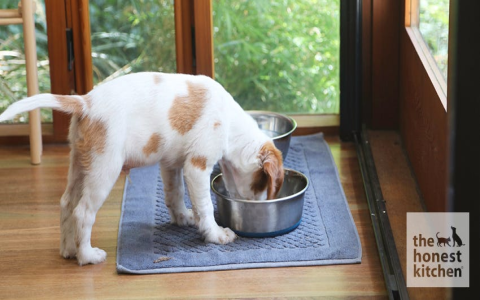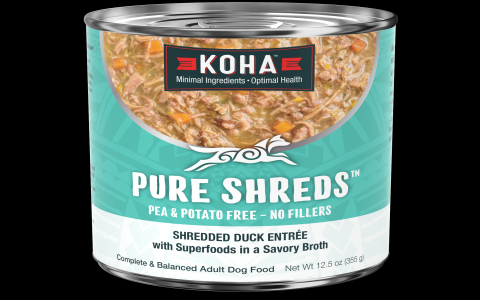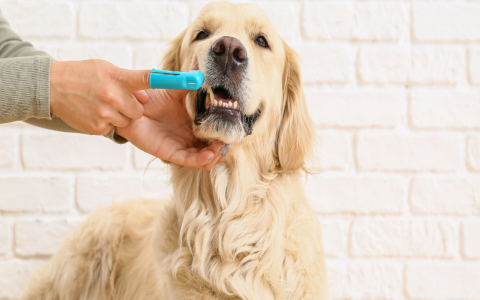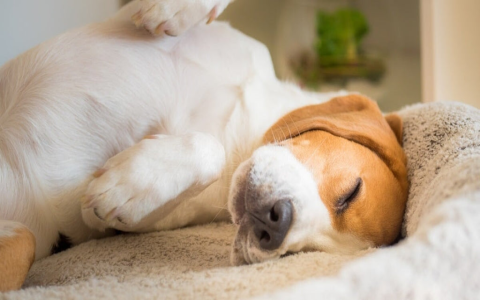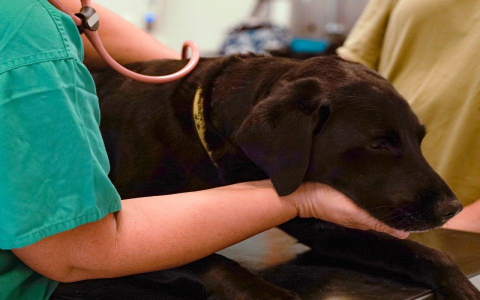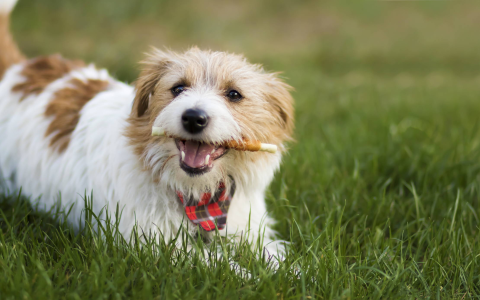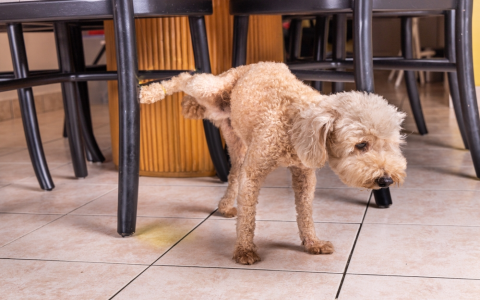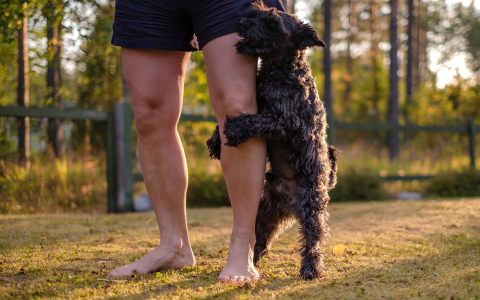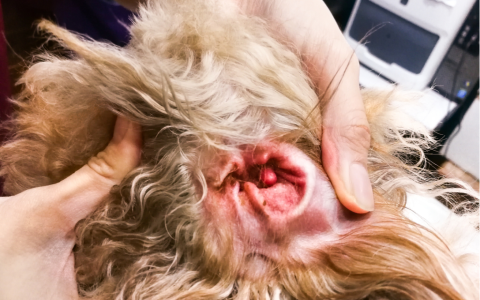How to choose good soft dog food for dogs with bad teeth? (Simple tips for picking the right nutrients)
Okay, let me walk you through how I figured out the soft food thing for my old buddy. His teeth just aren't what they used to be, you know? It got pretty obvious he was struggling with his regular hard kibble.

Noticing the Problem
First thing I noticed was him taking forever to eat. He'd kinda push the food around, drop pieces, sometimes even whine a little. Chewing clearly hurt. Poor guy. I felt bad just watching him try. Then he started leaving more and more food behind. That’s when I knew I absolutely had to do something. Couldn't let him go hungry or be in pain just trying to eat.
First Steps: Making Existing Food Softer
My first thought was, okay, maybe I don't need totally new food. Let's just make his current stuff easier to chew. So, I started soaking his kibble. I tried warm water, left it for like 10-15 minutes before giving it to him.
Here’s what happened:
- It got mushy, yeah, but sometimes the center was still kinda hard.
- It was messy. Like, really messy. Got all over his face and the bowl was a nightmare to clean.
- Honestly, he wasn't super thrilled with the soggy texture. He ate it, but not with much excitement.
Soaking was okay as a temporary fix, but it wasn't the long-term answer. It just didn't seem quite right, and the cleanup was a pain.
Looking for Actual Soft Food
Alright, plan B. I decided to properly look into foods designed to be soft from the get-go. Went to the pet store, started reading bags and cans. Lots of options out there. You got your wet foods in cans – pates, chunks in gravy – and even some stuff labeled as "soft dry" kibble.
I spent a good while just standing in the aisle, picking things up, checking ingredients, looking at the textures described on the packaging. I tried to find stuff that still seemed nutritious, not just mush. Didn't want to swap one problem for another, you know? Looked for decent protein sources listed high up.
Trial and Error Begins
I figured the only way to know for sure was to try a few. So I grabbed a couple different types:
- A pate-style canned food. Seemed like the softest option.
- Some chunk-style food in gravy. Thought maybe the texture variety would be good.
- A bag of that "soft dry" stuff. Was curious if it offered the convenience of kibble but was genuinely easy to chew.
Brought them home and started the experiment. Didn't switch him over all at once, mixed a little of the new stuff with the old soaked kibble first, then gradually increased the new food over a few days for each type. Didn't want to upset his stomach.
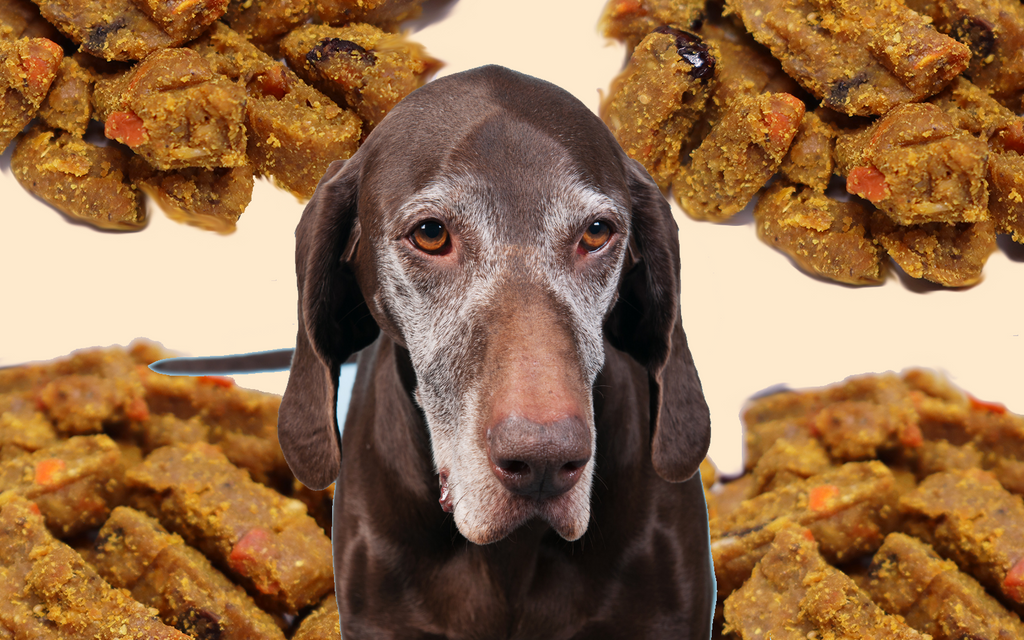
Watching and Learning
This was the important part. I watched him really closely with each new food.
The pate? He could definitely eat it easily. Licked the bowl clean. No chewing issues at all. Success!
The chunks in gravy? He managed them okay, better than hard kibble for sure, but sometimes he still seemed to struggle a tiny bit with the bigger chunks. He liked the gravy though.
The soft dry kibble? This was interesting. It was definitely softer than his old food, kinda chewy. He ate it without too much trouble, which was good. Seemed like a decent middle ground between wet food and traditional kibble.
Finding What Worked Best
After trying things out for a week or two, rotating between the options, the clear winner for my dog was the pate-style wet food mixed with a bit of that soft dry kibble. The pate was super easy on his mouth, guaranteed he could eat without pain. Adding a little soft kibble gave it a bit more substance and texture, which he seemed to appreciate, and it was still easy enough for him to handle.
It felt like a good balance. He was eating eagerly again, finishing his bowl, and just seemed happier during meal times. Huge relief for me. Seeing him comfortable and enjoying his food again made the whole process worth it.
So yeah, that's how I landed on the right stuff for my dog's bad teeth. Just took some observation, a bit of trial and error, and paying attention to what he needed. Every dog's different, but hopefully walking through my steps gives you some ideas if you're facing the same thing.
